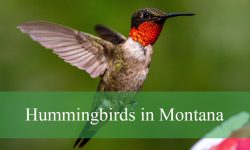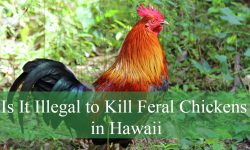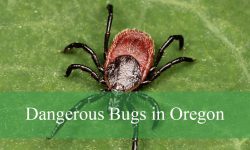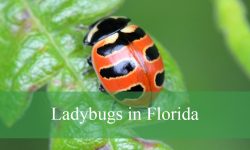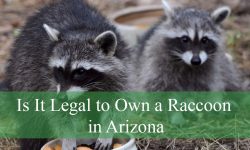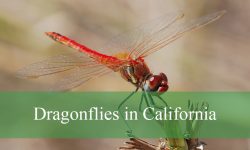In the quiet woods and open fields of Minnesota, sightings of feral pigs might seem unusual—but they’re becoming a concern across North America. While states like Texas and Oklahoma face large populations of wild hogs, Minnesota’s situation is more controlled—but not without risk. Wildlife officials are keeping a close watch on potential populations that could establish themselves in the future.
Feral pigs, also known as wild hogs or wild boars, belong to the species Sus scrofa—the same species as domestic pigs. However, depending on their origin, appearance, and behavior, they fall into different types. Minnesota recognizes three major forms of feral swine: the Eurasian Wild Boar, the Domestic Escaped Swine, and Hybrid Feral Pigs. Each has its own characteristics, risks, and adaptations that determine how they interact with the environment.
In this guide, you’ll learn how to identify these three types of feral pigs found in Minnesota, including their appearance, behavior, habitat preferences, feeding habits, and more—with helpful descriptions and photos to make recognition easier.
Understanding Feral Pigs in Minnesota
Before diving into the types, it’s important to understand what the term “feral pig” means in Minnesota’s context. According to the Minnesota Department of Natural Resources (DNR), a feral pig is any pig that lives in the wild, regardless of its ancestry. That includes both escaped domestic pigs and introduced wild boars.
Currently, Minnesota does not have a stable, breeding population of feral swine, but isolated incidents and sightings have occurred. The main concern is preventing the establishment of a permanent population, which can damage crops, spread disease, and disrupt native ecosystems.
Eurasian Wild Boar (Sus scrofa scrofa)
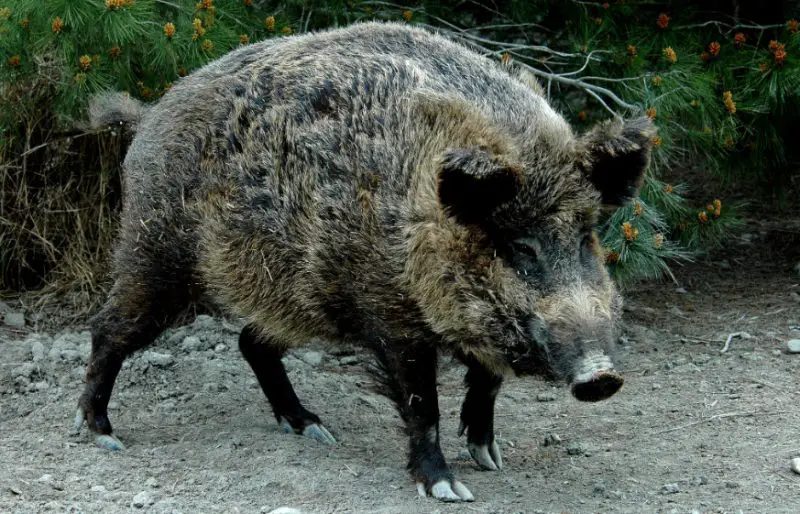
Identification and Characteristics
The Eurasian Wild Boar is the wild ancestor of all domestic pigs and is native to Europe and parts of Asia. It’s the most recognizable type of wild swine due to its coarse bristles, elongated snout, and muscular frame. These animals are built for survival in rugged environments and have thick, dark gray to black fur that provides insulation against Minnesota’s cold climate.
Adult males often have visible tusks—upper and lower canine teeth that curve outward from the mouth. The tusks grow continuously and can reach up to 4 inches in length, used both for digging and defense. Their tails are straight rather than curled, and their bodies appear leaner and more angular than farm pigs.
Size and Weight
Eurasian Wild Boars are medium to large-sized pigs. Males (boars) typically weigh between 200 and 400 pounds, though exceptional individuals can exceed 500 pounds. Females (sows) are smaller, averaging 150 to 250 pounds. Adult boars stand 30 to 36 inches tall at the shoulder and can measure up to 6 feet in length.
Behavior and Temperament
These wild pigs are highly intelligent and cautious, often avoiding humans. They are mostly nocturnal, feeding and traveling at night while resting in dense vegetation during the day. Wild boars are territorial and form small social groups known as sounders, usually consisting of females and their young. Males tend to be solitary except during breeding season.
Despite their secretive nature, they can become aggressive if cornered or provoked, especially when protecting piglets. They are strong, fast runners capable of reaching speeds up to 25 miles per hour and can deliver powerful charges with their tusks.
Habitat and Range in Minnesota
While not native to Minnesota, wild boars have been found in captivity and occasionally escape or are illegally released. They thrive in mixed woodlands, wetlands, and agricultural fields, preferring areas with thick cover and access to water sources. In colder months, they shelter in dense forests or dig out warm bedding areas called “nests” made of leaves and grass.
Minnesota’s forests and farmlands could provide suitable conditions for survival, which is why the DNR monitors them closely to prevent establishment.
Feeding Habits
Eurasian Wild Boars are omnivorous opportunists. Their diet includes roots, tubers, acorns, berries, crops (like corn and soybeans), insects, small mammals, and even carrion. Using their powerful snouts, they root through the soil in search of food, leaving behind extensive ground disturbance known as rooting damage. This behavior destroys crops and native plants, leading to erosion and habitat loss.
Reproduction and Lifespan
Wild boars reproduce quickly. Females reach sexual maturity at about 8 to 12 months, and sows can produce two litters per year, each with 4–6 piglets on average. Breeding peaks in late fall and winter, with piglets born in early spring. Under favorable conditions, populations can expand exponentially.
Their average lifespan in the wild is 6 to 8 years, although hunting and harsh winters often reduce survival rates.
Domestic Escaped Swine (Sus scrofa domesticus)
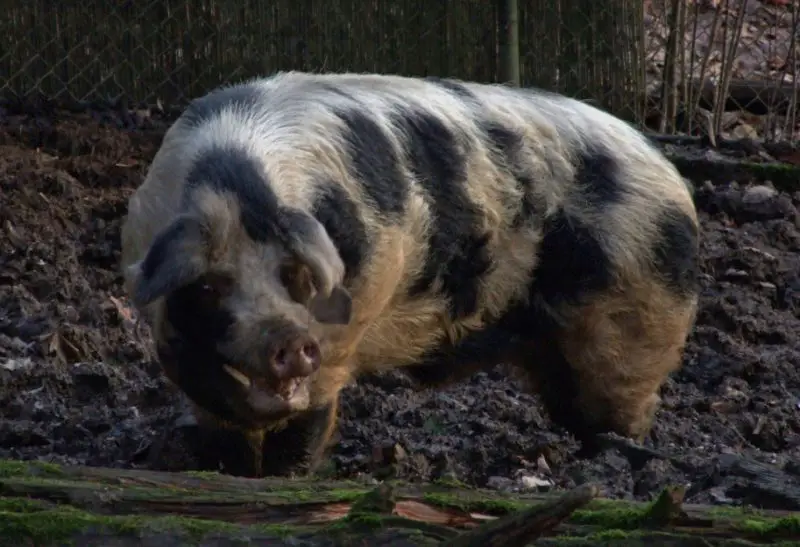
Identification and Characteristics
Domestic escaped pigs, also known as feral domestic swine, are pigs that have escaped or been released from farms and managed facilities. They often retain the physical traits of domestic breeds but gradually adopt a more rugged, wild appearance over time.
Their coloration can vary widely—ranging from white, brown, reddish, to black, sometimes even spotted. The fur becomes thicker and coarser after prolonged exposure to the elements. Their tails may remain curly or become straighter, and their bodies are typically rounder than the lean wild boar.
Size and Weight
Because they descend from domestic breeds, their size varies significantly. Adult males can weigh anywhere from 150 to 600 pounds, depending on their lineage. Some large domestic breeds, such as Yorkshire or Duroc pigs, may produce feral individuals that are heavier than wild boars.
Behavior and Temperament
Escaped pigs display mixed behaviors depending on how long they’ve been feral. Newly escaped pigs may remain near human settlements and show little fear of people, while pigs born in the wild behave more cautiously and develop nocturnal habits.
They are social animals, forming sounders similar to wild boars. However, they may lack the wariness and survival skills of their Eurasian relatives. When threatened, they can still be dangerous—especially larger males equipped with tusks formed from elongated canine teeth.
Habitat and Range in Minnesota
In Minnesota, most sightings of feral pigs are believed to involve escaped domestic swine. These pigs can adapt to various habitats—woodlands, farmlands, grasslands, and even suburban edges. They prefer areas with access to food, water, and shelter, often near croplands or livestock feed sources.
Domestic pigs are less cold-hardy than wild boars, but they can survive Minnesota’s winter if they find adequate shelter. They create nests or burrow into hay bales, barns, or wooded cover for warmth.
Feeding Habits
Their diet mirrors that of wild boars but often includes a greater reliance on human-related food sources. They feed on corn, soybeans, garden crops, carrion, and small invertebrates. Their rooting and wallowing can destroy farmland and natural vegetation, leading to soil compaction and nutrient imbalance.
Reproduction and Lifespan
Domestic pigs reproduce rapidly. Females can breed year-round and have two or more litters annually, with 5 to 10 piglets per litter. Because they face fewer natural predators in Minnesota, escaped populations could grow quickly if not controlled.
Their lifespan ranges between 6 to 10 years in the wild, although many succumb earlier to harsh winters, disease, or human intervention.
Hybrid Feral Pigs (Wild Boar × Domestic Pig)
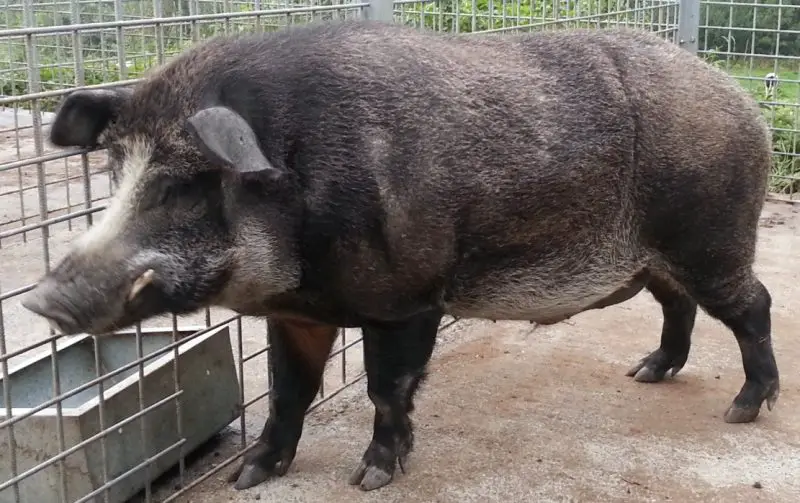
Identification and Characteristics
Hybrid feral pigs result from crossbreeding between Eurasian wild boars and domestic pigs. These hybrids combine the hardiness and aggressive tendencies of wild boars with the size and prolific breeding of domestic pigs—making them especially concerning to wildlife authorities.
Their appearance varies widely: some resemble wild boars with dark fur and lean bodies, while others have spotted or lighter coats. Hybrids often grow thick bristles, elongated snouts, and partial tusks. Their tails are usually straight, and they develop stronger leg muscles suited for travel and rooting.
Size and Weight
Hybrids can range from 200 to 500 pounds, depending on their genetic mix. They often have more muscular frames than domestic pigs but are heavier than pure wild boars. Mature males may stand up to 36 inches tall and measure 5–6 feet long.
Behavior and Temperament
Hybrids inherit the intelligence, adaptability, and aggression of their wild ancestors. They are extremely wary of humans, primarily nocturnal, and quick to retreat into cover. However, if threatened, they defend themselves aggressively, especially sows protecting young.
They display complex social structures, forming stable family groups and showing coordinated foraging behavior. Their adaptability allows them to thrive in both wild and semi-rural environments, increasing the risk of spread.
Habitat and Range in Minnesota
Hybrid feral pigs prefer dense forests, wetlands, and agricultural edges, where they can find both cover and food. They can tolerate colder temperatures better than domestic pigs due to their wild genetics and thicker coats.
Although Minnesota has no confirmed breeding populations of hybrids, these pigs pose the greatest threat because they can reproduce efficiently and survive harsh winters, increasing the potential for a self-sustaining population.
Feeding Habits
Hybrids have a diverse and opportunistic diet. They consume plant roots, bulbs, seeds, fruits, fungi, insects, small mammals, and even bird eggs. In agricultural regions, they raid crops and livestock feed, causing significant economic losses.
Their powerful rooting damages ecosystems by uprooting plants and compacting soil. In wetlands, they can destroy native vegetation and disturb nesting grounds for waterfowl and amphibians.
Reproduction and Lifespan
Hybrids are prolific breeders, with sows capable of producing two litters per year and up to 12 piglets per litter. The piglets grow quickly and can reproduce within their first year, allowing populations to double in short periods if left unchecked.
Their lifespan is typically 8 to 10 years, though hunting pressure or winter mortality often limits this in northern climates.
Feral Pig Impacts in Minnesota
While Minnesota currently lacks a large-scale feral pig problem, these animals pose significant ecological and agricultural risks. They damage crops, degrade soil, compete with native wildlife, and can transmit diseases such as swine brucellosis, pseudorabies, and trichinosis—threatening both livestock and humans.
Their rooting and wallowing behavior alters natural landscapes, creating erosion and destroying ground nests of birds, reptiles, and amphibians. The potential introduction of hybrid pigs from other states raises further concern due to their ability to survive harsh winters and reproduce rapidly.
Control and Prevention Efforts
The Minnesota DNR and USDA actively monitor and manage reports of feral pigs. State regulations prohibit owning or releasing Eurasian wild boars and their hybrids. When sightings occur, authorities investigate and remove animals before populations establish.
If you encounter a feral pig in Minnesota, do not attempt to approach or shoot it. Instead, report sightings to:
- Minnesota Department of Natural Resources
- USDA Wildlife Services
Early detection and removal are key to preventing feral pig invasions seen in southern states.
Conclusion
Feral pigs may not yet be a widespread menace in Minnesota, but the threat remains real. Understanding the three main types of feral pigs, including the Eurasian Wild Boar, Domestic Escaped Swine, and Hybrid Feral Pigs, helps residents recognize and report them before they cause damage.
Each type brings its own combination of traits: the wild boar’s toughness, the domestic pig’s size, and the hybrid’s adaptability. Together, they represent one of the most invasive and destructive animal groups in North America.
Minnesota’s proactive monitoring and public awareness efforts are essential in keeping these “super pigs” from turning the North Star State into their next stronghold.

